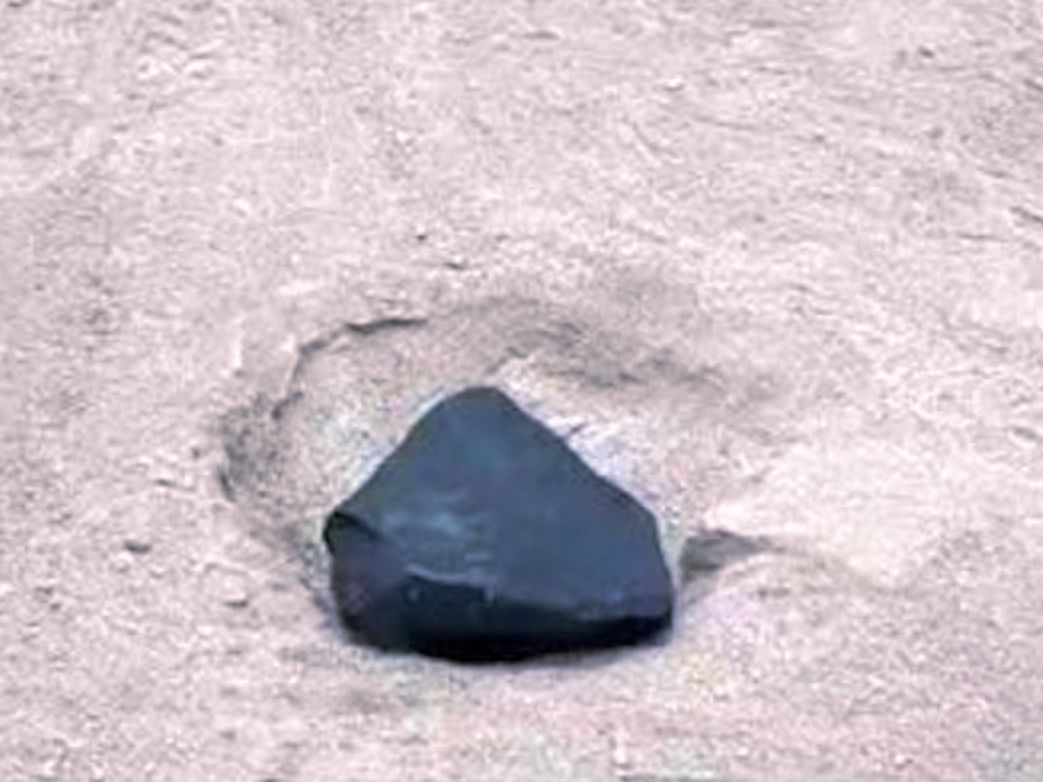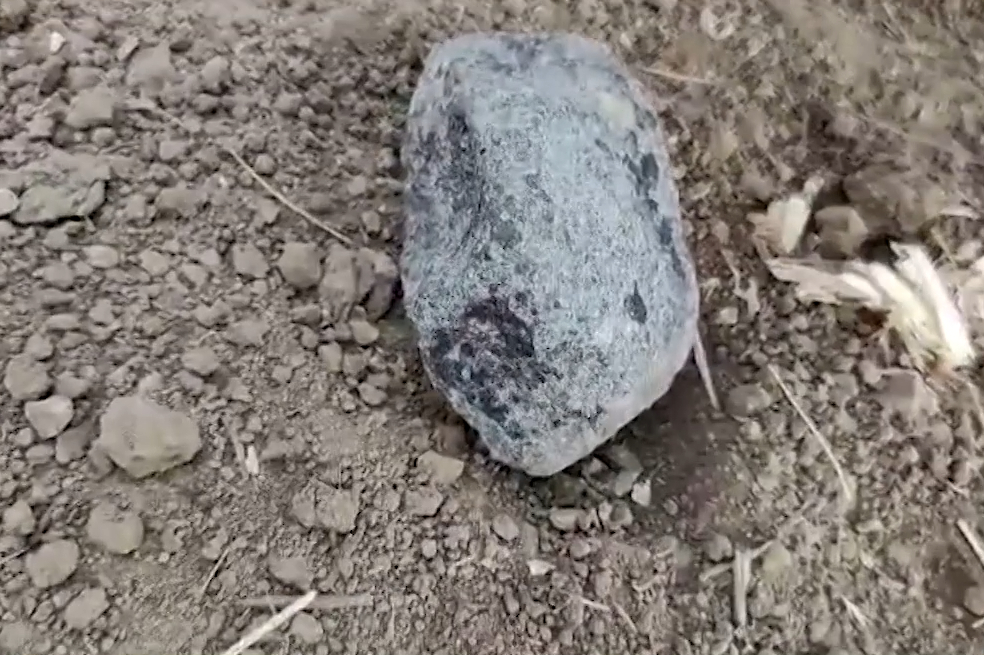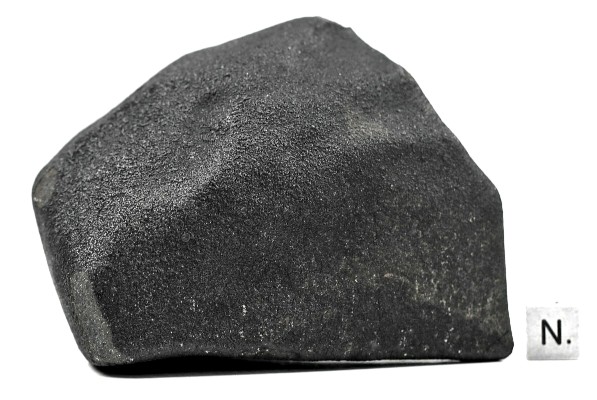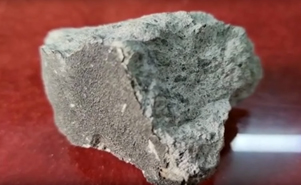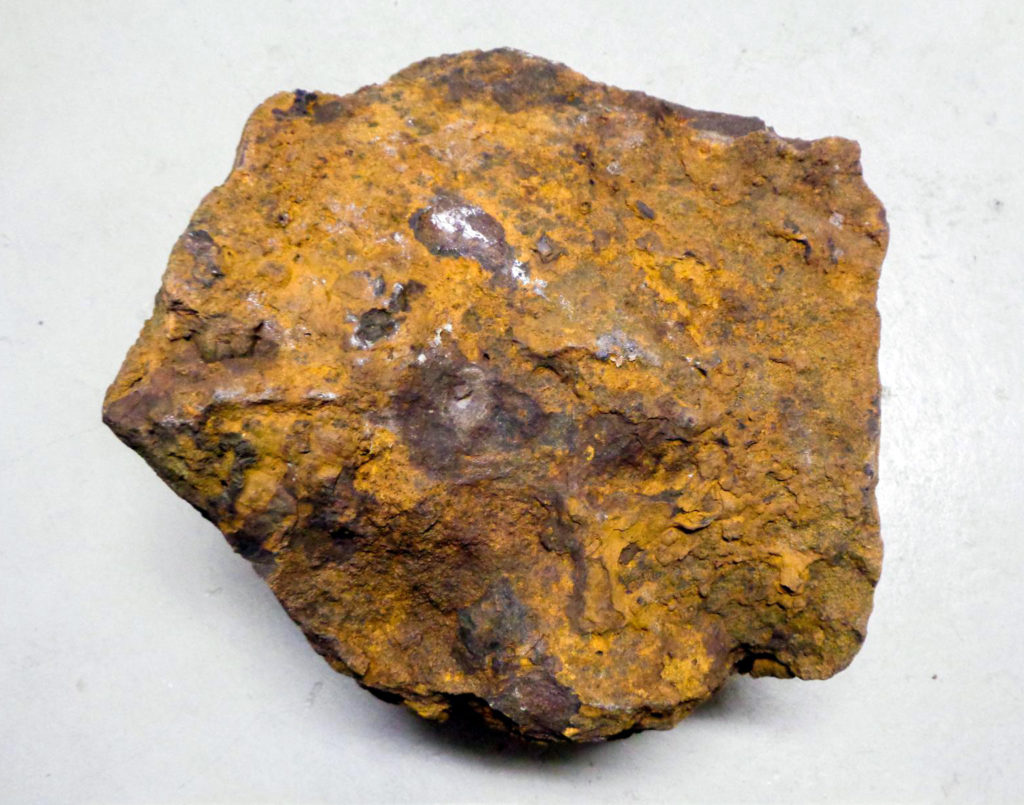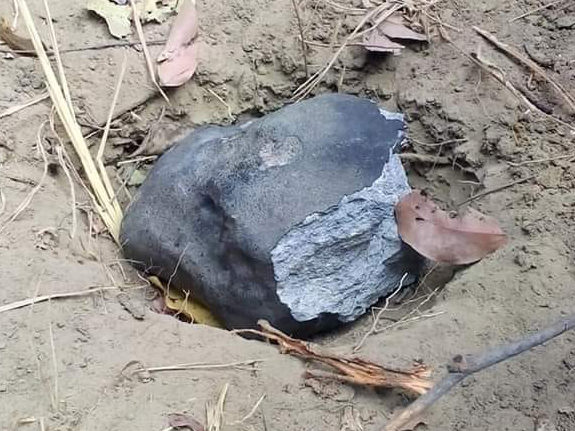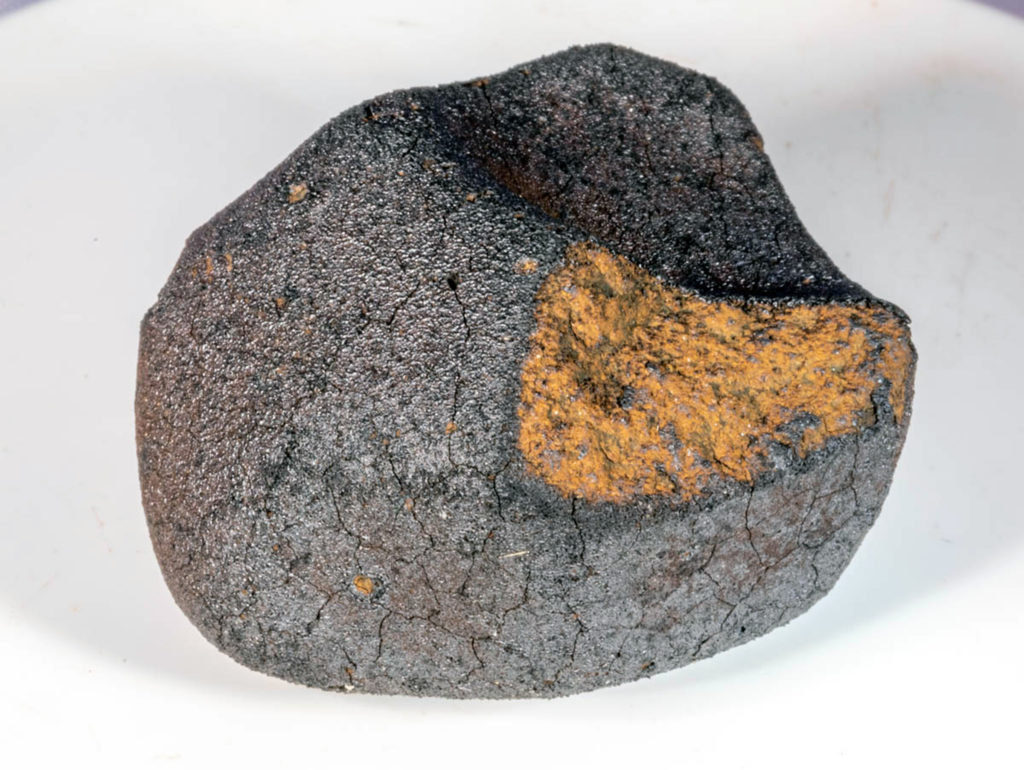Ejecta distribution from impact craters on Ryugu: Possible origin of the bluer units
Naoyuki Hirata, Ren Ikeya
Icarus
In Press, Journal Pre-proof, Available online 15 April 2021
“Highlights
• We calculated the distribution of ejecta blankets from actual craters on Ryugu.
• Ejecta emplacement could explain the bluish color of the equatorial ridge.
• Ejecta emplacement does not fully explain the bluish color of Tokoyo Fossa.”
“Asteroid (162173) Ryugu was the first spinning-top-shaped asteroid to be closely approached by a probe, the Hayabusa2 spacecraft, which sent numerous high-resolution images of Ryugu to the Earth and revealed the nature of this type of asteroid. One of the notable features of Ryugu is the equatorial ridge, which is considered the result of rapid spin in the past. Despite the advanced age of the ridge, indicated by the presence of numerous craters, the ridge exhibits a bluish color, indicating that it is covered with fresh material. In addition to Ryugu, many other asteroids have similar blue areas, which are considered the result of ejecta emplacement. We examined the distribution of ejecta blankets from actual craters on Ryugu to assess ejecta emplacement as a possible origin of Ryugu’s bluer units. We determined that when Ryugu’s rotation was fast, ejecta from craters formed at lower latitudes accumulated along the equator, which may explain the bluish color of the equatorial ridge. On the other hand, ejecta emplacement does not fully explain the bluish color of Tokoyo Fossa, although we attempted to find the corresponding ejecta blankets.”

